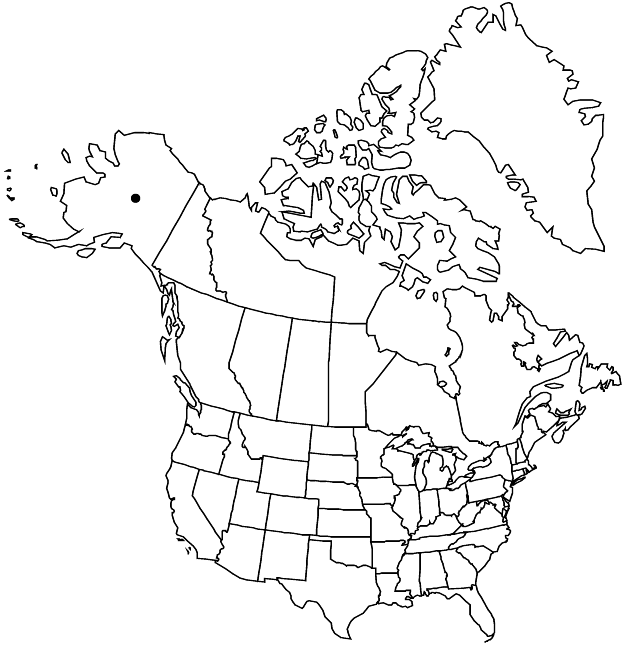Difference between revisions of "Micranthes calycina"
J. Bot. Res. Inst. Texas 1: 1020. 2007,.
FNA>Volume Importer |
imported>Volume Importer |
||
| (5 intermediate revisions by 2 users not shown) | |||
| Line 6: | Line 6: | ||
|place=1: 1020. 2007, | |place=1: 1020. 2007, | ||
}} | }} | ||
| − | |basionyms={{Treatment/ID/ | + | |basionyms={{Treatment/ID/Basionym |
|name=Saxifraga calycina | |name=Saxifraga calycina | ||
|authority=Sternberg | |authority=Sternberg | ||
| + | |rank=species | ||
| + | |publication_title=Revis. Saxifrag., suppl. | ||
| + | |publication_place=2: 10. 1831 | ||
}} | }} | ||
|synonyms={{Treatment/ID/Synonym | |synonyms={{Treatment/ID/Synonym | ||
|name=Saxifraga davurica subsp. grandipetala | |name=Saxifraga davurica subsp. grandipetala | ||
|authority=(Engler & Irmscher) Hultén | |authority=(Engler & Irmscher) Hultén | ||
| + | |rank=subspecies | ||
}} {{Treatment/ID/Synonym | }} {{Treatment/ID/Synonym | ||
|name=Saxifraga davurica var. grandipetala | |name=Saxifraga davurica var. grandipetala | ||
|authority=(Engler & Irmscher) B. Boivin | |authority=(Engler & Irmscher) B. Boivin | ||
| + | |rank=variety | ||
}} | }} | ||
|hierarchy=Saxifragaceae;Micranthes;Micranthes calycina | |hierarchy=Saxifragaceae;Micranthes;Micranthes calycina | ||
| Line 40: | Line 45: | ||
-->{{#Taxon: | -->{{#Taxon: | ||
name=Micranthes calycina | name=Micranthes calycina | ||
| − | |||
|authority=(Sternberg) Gornall & H. Ohba | |authority=(Sternberg) Gornall & H. Ohba | ||
|rank=species | |rank=species | ||
| Line 55: | Line 59: | ||
|publication year= | |publication year= | ||
|special status= | |special status= | ||
| − | |source xml=https:// | + | |source xml=https://bitbucket.org/aafc-mbb/fna-data-curation/src/2e0870ddd59836b60bcf96646a41e87ea5a5943a/coarse_grained_fna_xml/V8/V8_106.xml |
|genus=Micranthes | |genus=Micranthes | ||
|species=Micranthes calycina | |species=Micranthes calycina | ||
Latest revision as of 22:41, 5 November 2020
Plants solitary or in clusters, rhizomatous. Leaves basal; petiole ± distinct, flattened, (0.5–)1–3.5 cm; blade rhombic or fan-shaped, sometimes nearly round, (1–)1.5–3.5 cm, ± fleshy, base attenuate to ± cuneate, margins 7–11-toothed in distal 1/2–2/3 (teeth 1–3 mm), sparsely ciliate, surfaces glabrous. Inflorescences 3–15-flowered, usually racemiform, sometimes paniculiform thyrses, 3–15 cm, axis glabrous or sparsely long-hairy, branches ± densely (rarely sparsely) long tangled-hairy; (bracts reduced). Flowers: sepals reflexed, lanceolate to ovate; petals white to cream, sometimes purplish, not spotted, linear to narrowly elliptic, not clawed, 2–4 mm, longer than sepals; filaments linear, flattened; pistils connate 1/2+ their lengths, (conic); ovary ± 1/2 inferior. Capsules purple-black, valvate. 2n = 24.
Phenology: Flowering summer.
Habitat: Flushes, stream banks, tundra, around late snowbeds, screes
Elevation: (0-)30-1700 m
Distribution

Alaska, e Asia (Russian Far East).
Discussion
Micranthes calycina is found mostly in western Alaska, in the north from the Seward Peninsula to the Brooks Range west of Atigun Pass, and in the south from Unimak Island and the Ahklum Mountains to the Saint Elias Mountains. It is also present on the main Bering Sea islands, but apparently not on the Aleutians west of Unimak. Plants of this species sometimes have been misidentified as M. davurica (Willdenow) Small, a species restricted to eastern Siberia.
Selected References
None.